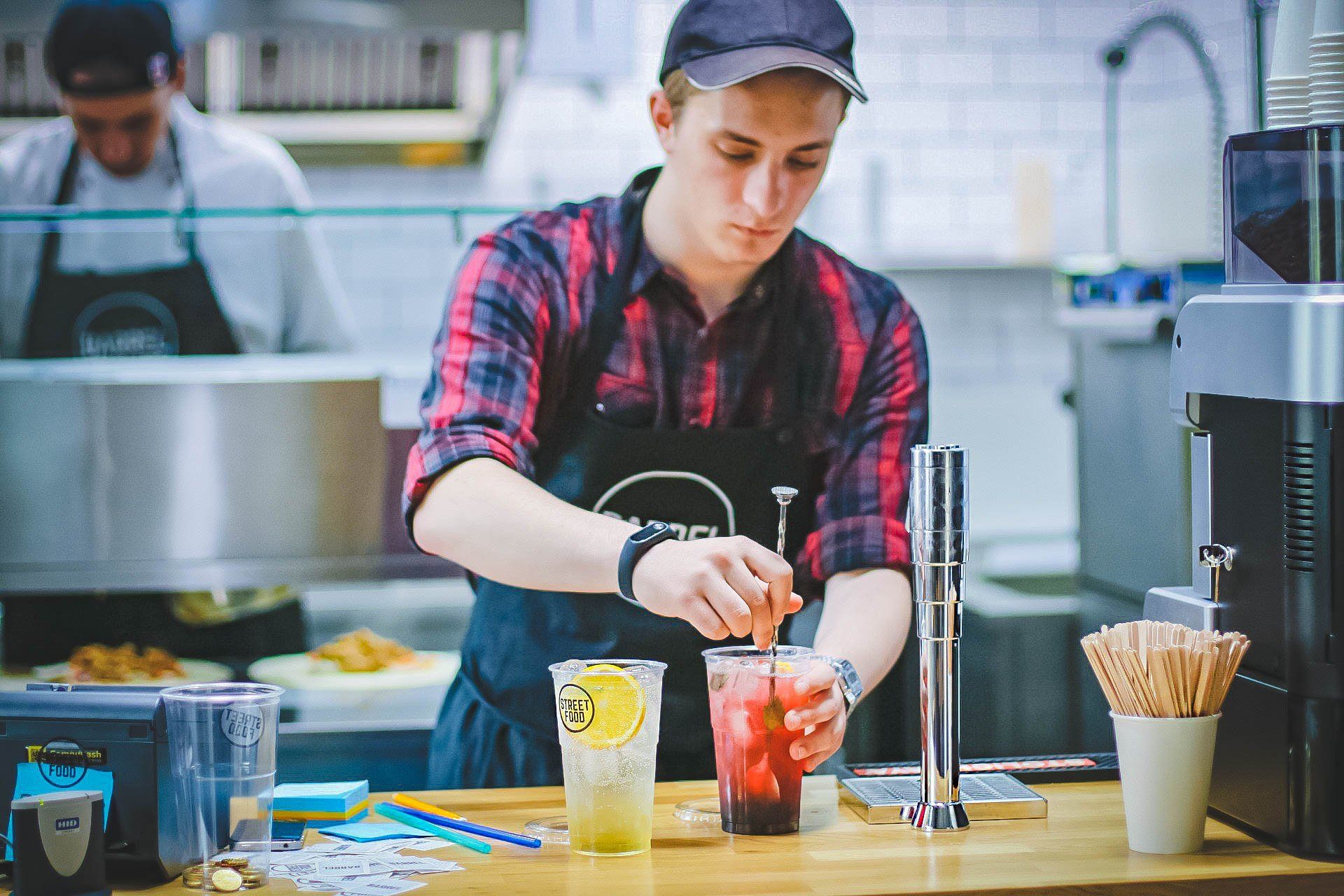
In 2021, amid the pandemic, there was a surge in the number of employees leaving their jobs not only in Singapore but also globally. This trend was named The Great Resignation. Among those who left their jobs, a quarter were from the hospitality and service industry.
With many restaurants in Singapore still facing manpower shortages, how can your restaurant boost employee retention? Here are 5 ways to improve employee retention.
How to improve employee retention?
- Reduce unnecessary stress caused by equipment
- Give recognition and feedback to employees
- Offer opportunities for career advancement and development opportunities
- Improve employee benefits
- Offer a competitive pay
Reduce unnecessary stress caused by equipment
Restaurant staff have a lot on their plate at work. Taking orders, managing tough customers, ensuring that orders are prepared up to standard and served as quickly as possible and many more.
The last thing they would want to happen is to have equipment such as the restaurant’s POS system, QR ordering, Self ordering kiosk, kitchen printers etc, to break down.
Hence, as a restaurant owner, you should ensure that such equipment is able to work reliably day in and out. Updating your systems periodically and replacing old hardware should help keep equipment failure at bay most of the time.
Give recognition and feedback to employees
Make your employees feel appreciated at work to improve retention rates. Remember to give positive feedback and encouragement to your employees from time to time to make them feel appreciated as a part of the team.
On the other hand, when there is something that needs to be brought to their attention, provide constructive feedback on how employees can improve instead of constant warnings and negative feedback which reduces employee morale, resulting in higher turnovers at your restaurant.
Offer career development opportunities
Invest in upgrading your employees through courses, mentoring or letting employees take on new opportunities will help them gain work experience in different aspects of a restaurant’s business.
This also helps to change things up for your employees to prevent “boreout”, a new term used to describe employees getting bored of their repetitive job scope to the point where they feel like their job scope is pointless.
Improve employee benefits
Free lunch and dinner for employees if they dine at your restaurant, staff discounts, bonuses, childcare time off or leave, are some employee benefits that show them that you, as a restaurant owner, care about their well being.
Employees that feel well taken care of will likely be more motivated and are more likely to stay.
Interested to get a QR Ordering System or Self Ordering Kiosk?
If you are looking to digitalize your restaurant’s ordering and order management process, click here to contact iMakan for a free demo.











